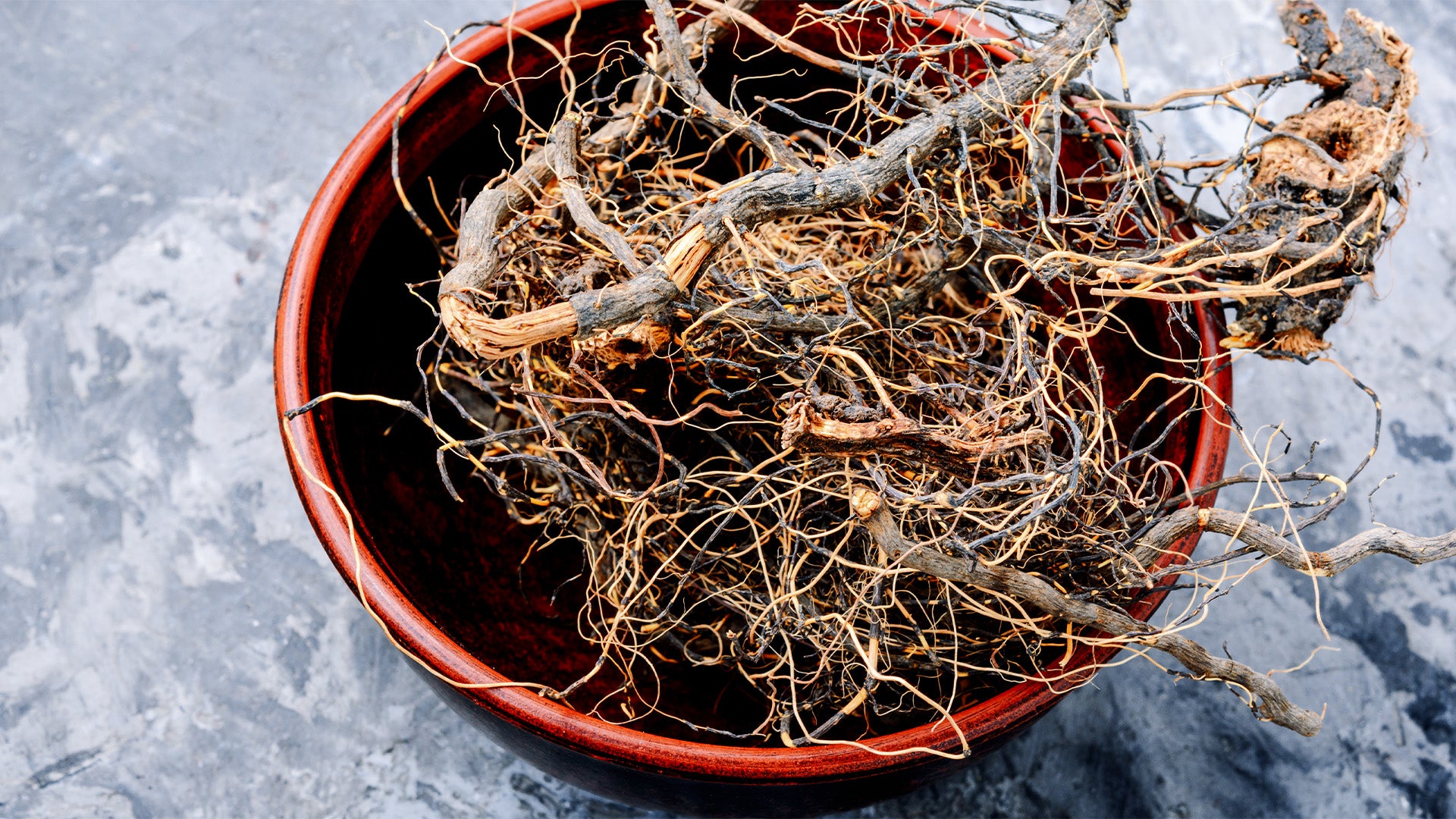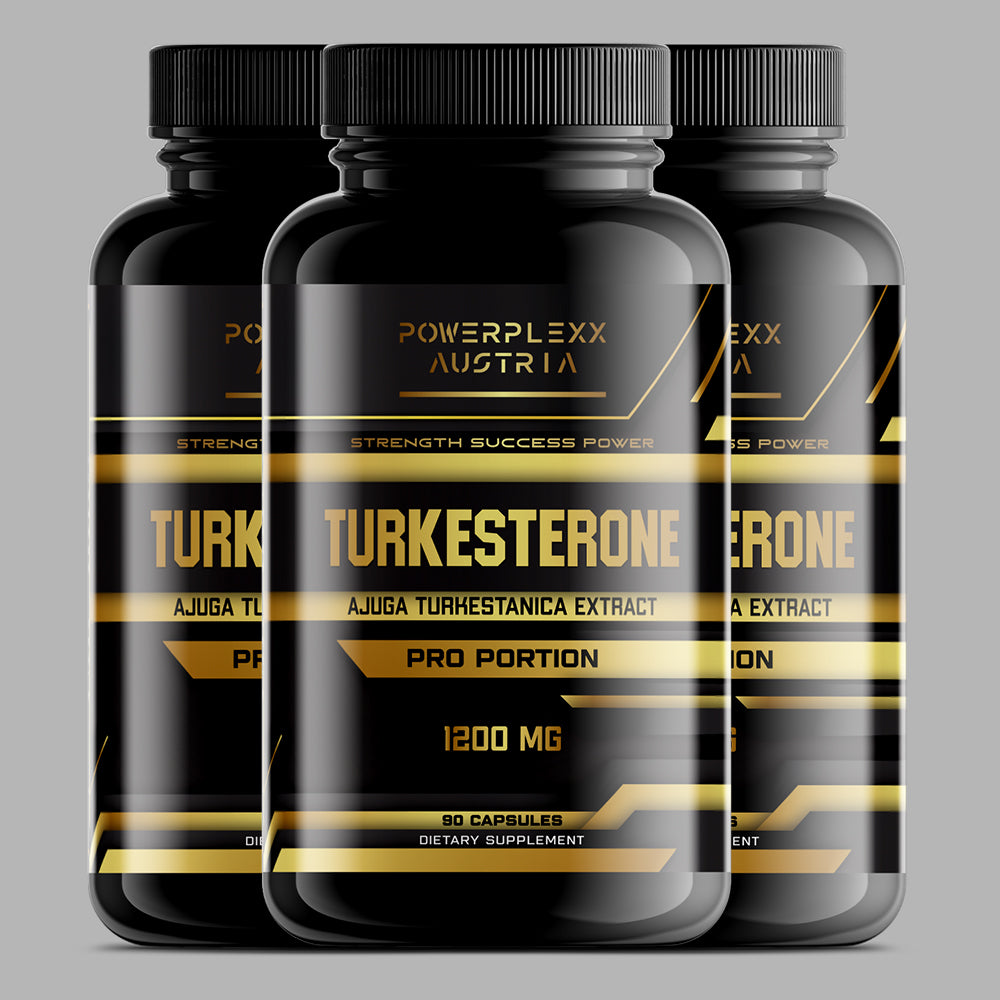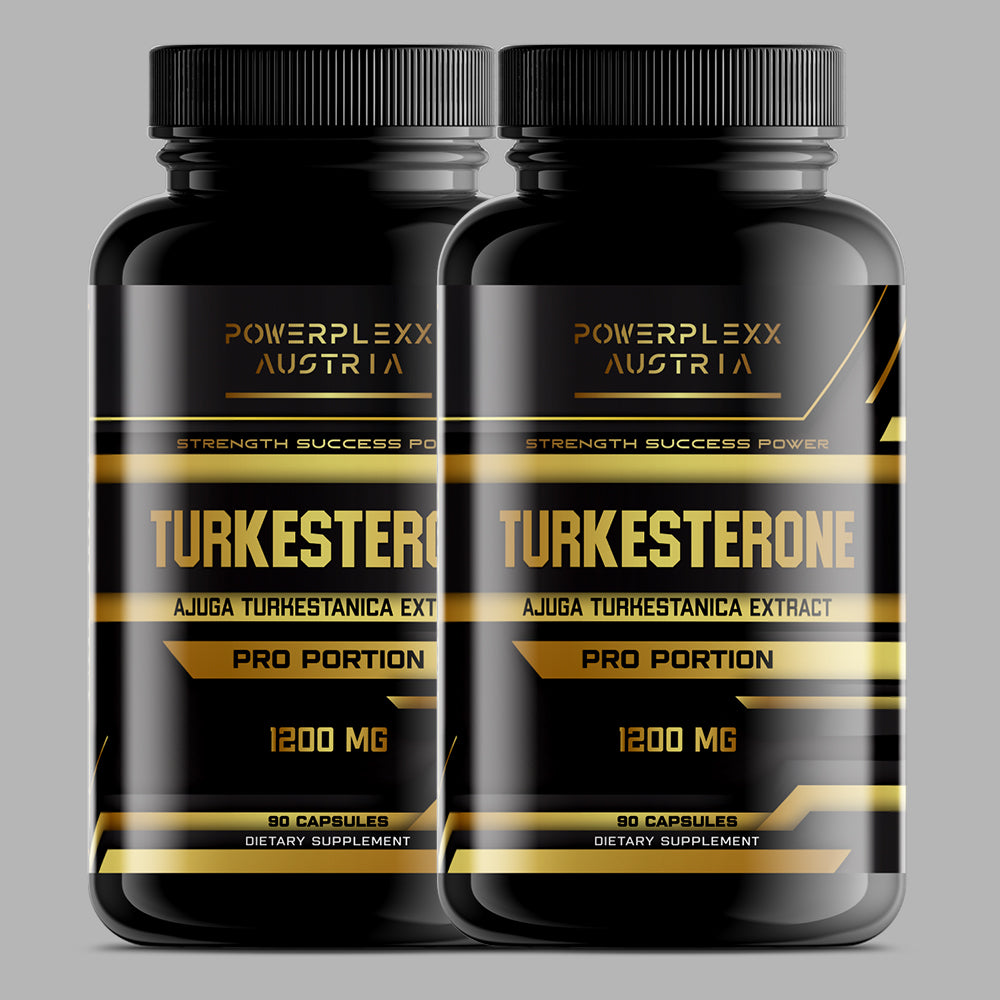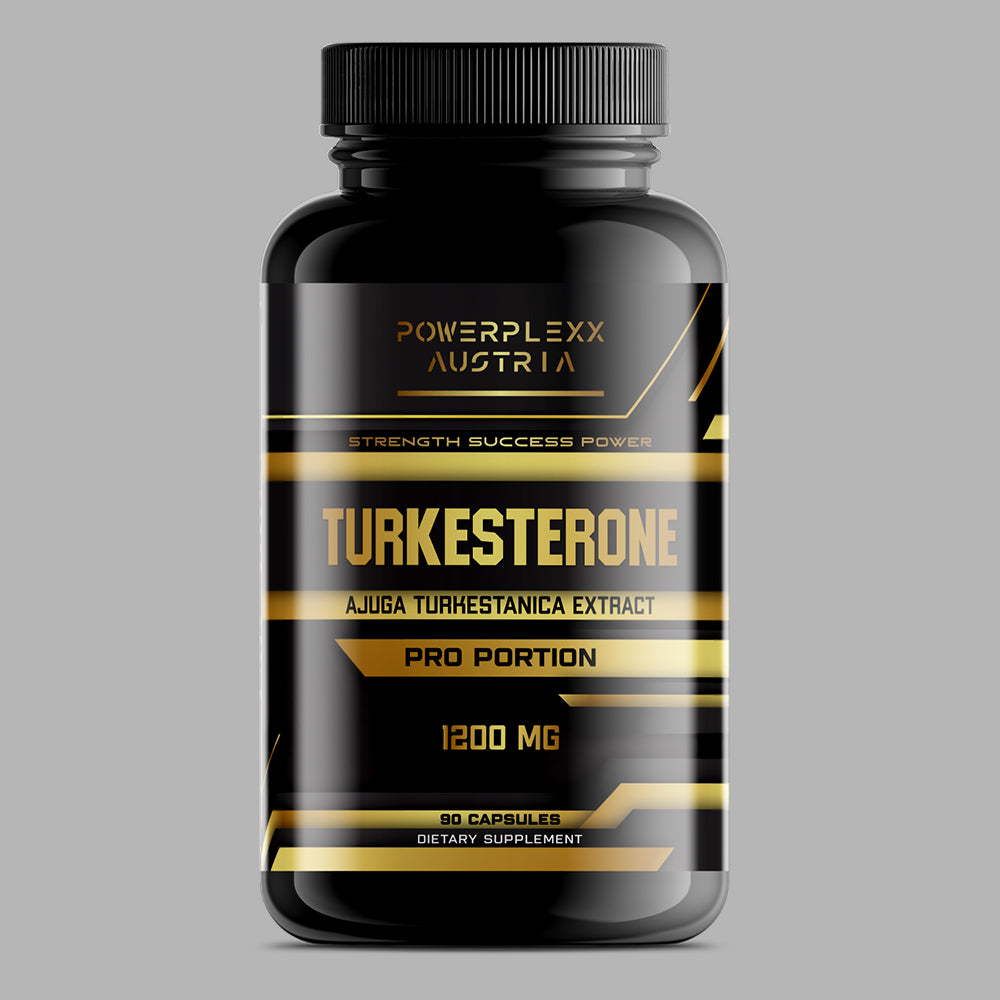Turkesterone is a remarkable naturally occurring plant steroid found in select plant species such as Rhaponticum carthamoides (maral root) and Ajuga turkestanica. It belongs to a group of compounds called ecdysteroids, which are structurally similar to steroid hormones. In this blog post, we will explore the various functions of turkesterone in plants, including its role in regulating growth, development, and defense against stressors.
-
The Discovery of Turkesterone: Turkesterone was first discovered in the late 1960's when scientists became interested in the bioactive compounds in plants. This plant steroid has been found to be found in high concentrations in certain plant species and could be responsible for their remarkable properties.
-
Structure and properties: Turkesterone belongs to the group of ecdysteroids and is structurally similar to steroid hormones. This compound is known for its unique biological activities that enable a wide range of functions in plants.
-
Functions of Turkesterone in Plants: a) Regulation of Growth and Development: Turkesterone plays an important role in regulating plant growth and development. It influences the cell cycle and cell differentiation, resulting in an optimized structure and healthy growth of the plant.
b) Defense against stress: Plants are constantly exposed to environmental stress factors such as extreme temperatures, drought and pest infestation. Turkesterone serves as a natural defense mechanism that helps plants better resist these stressors. It strengthens the plant's immune system and promotes the production of antioxidants that neutralize harmful free radicals.
-
Potential Effects on Humans: Although turkesterone has numerous benefits in plants, its potential effects on humans are still the subject of research. Some studies suggest that ecdysteroid-containing supplements may have beneficial effects on muscle mass, metabolism, and endurance in humans. Still, more research is needed to evaluate the safety and effectiveness of such supplements.
-
Sustainable Use and Conservation: Given the promising functions of turkesterone in plants, it is important to ensure sustainable use of this resource. Researchers and farmers need to develop responsible farming practices to avoid over-harvesting or endangered plant populations.
Bottom Line: Turkesterone is undoubtedly an intriguing naturally occurring plant steroid with a wide range of functions in plants, including regulation of growth, development, and defense against stress. While its potential application in human dietary supplements seems promising, further research and sustained use of Turkesterone's sources are needed to fully understand and appreciate its effects. It remains exciting to see how science will continue to explore and use this fascinating connection in the future.





